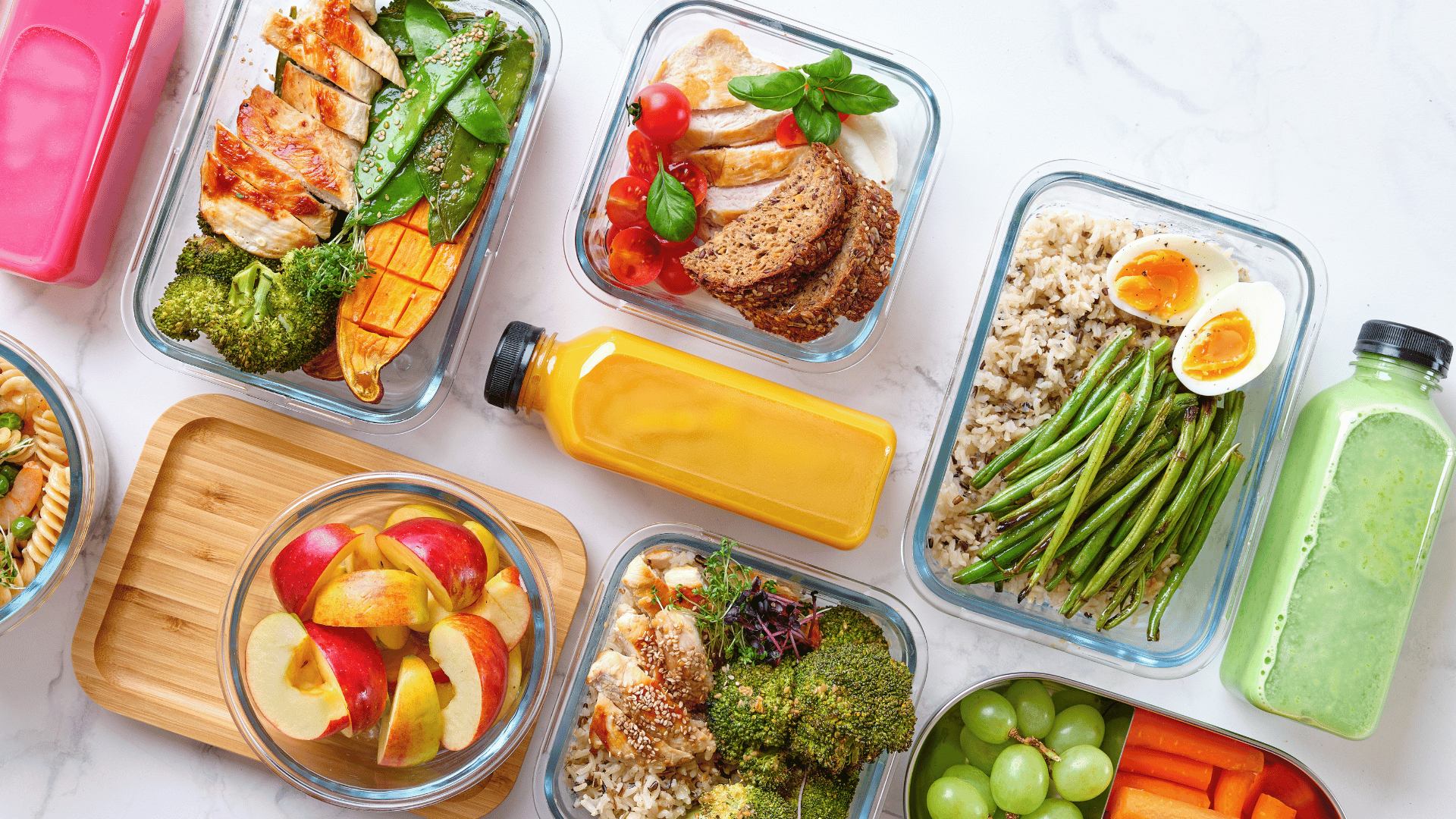
Accountability Beyond the Gym: Using Shared Meal Plans on Recipe Memory to Keep Everyone on Track
We all know that lasting fitness results aren’t just built in the gym—they’re cemented in the kitchen. Exercise and training routines are only one part of the story. What fuels the body between workouts matters just as much, if not more, in achieving goals like weight loss, muscle gain, endurance, or overall well-being. That’s where meal planning, and more importantly, shared meal planning, becomes a game changer for trainers, nutritionists, and clients alike.
With Recipe Memory, meal plans don’t sit in a spreadsheet or a static PDF that gets lost in an inbox. Instead, they live in an interactive space where trainers can design, share, and adapt plans in real time with clients. This creates accountability that stretches far beyond the gym walls, ensuring that fitness goals are fully supported at the table, not just during a workout.
Why Accountability Matters Beyond the Gym
Most clients are consistent in showing up to workouts. Where they often struggle is in the everyday food decisions that shape progress. One skipped grocery trip, one week of takeout, or one rushed decision at 6:00 p.m. can unravel hard-earned momentum. Trainers know this story well—clients put in the effort at the gym, but nutrition becomes the Achilles’ heel.
Shared meal planning bridges that gap. By providing not just guidance but a living plan, trainers help clients remove uncertainty and replace it with clarity. This support creates accountability in three key ways:
- Visibility: Clients know exactly what’s on the menu and why, reducing guesswork and temptation.
- Consistency: A shared plan reinforces discipline day after day, building habits that stick.
- Trust: Clients feel supported and connected outside of training sessions, strengthening the trainer-client relationship.
How Shared Meal Plans Work in Practice
Here’s how trainers and nutrition professionals can use Recipe Memory’s shared meal plans to elevate their client support:
- Create tailored plans: Build out weekly meals with client-specific goals in mind—whether that means higher protein, lower carbs, or allergen-conscious menus.
- Collaborate in real time: Because plans live in the app, clients can give feedback (like swapping out a food they don’t enjoy), and trainers can adjust instantly.
- Generate grocery lists: Every plan automatically creates a shopping list so clients can prepare with confidence and avoid impulse buys.
- Keep plans visible: Clients can see their daily meals on a simple calendar view, giving structure to busy weeks and removing the stress of nightly decisions.
The result? Nutrition stops being a stumbling block and starts becoming a powerful tool that accelerates results.
The Benefits of Shared Meal Plans for Trainers
For trainers, nutrition often feels like the missing link between great workouts and great results. Shared plans help close that gap by offering several powerful benefits:
- Better client adherence: Clients follow through more consistently when they have structure and clarity.
- Reduced back-and-forth: No more endless texts about “What should I eat tonight?”—the plan is already there.
- Data-driven adjustments: Trainers can see where clients succeed or struggle and adjust future plans accordingly.
- Professional differentiation: Offering integrated nutrition support sets trainers apart in a crowded fitness market.
- Scalability: Trainers working with multiple clients can reuse or lightly adapt plans without starting from scratch.
The Benefits of Shared Meal Plans for Clients
From the client’s perspective, shared plans deliver peace of mind and empowerment:
- Confidence in choices: No more second-guessing meals or macros.
- Reduced overwhelm: Busy schedules don’t derail progress because meals are already planned.
- Support beyond the gym: Clients feel like their coach is in their corner 24/7, not just during a workout.
- Sustainability: By learning how to follow structured, balanced meals, clients build long-term habits instead of short-term fixes.
Real-Life Scenarios
To bring it to life, imagine these common situations:
- The Busy Professional: A client juggles long hours at the office. With a shared plan, they know exactly what to buy, prep, and eat—removing the decision fatigue that usually leads to late-night takeout.
- The Fitness Newcomer: Someone new to strength training wants to hit protein targets but doesn’t know where to start. Their trainer builds a plan with easy, protein-rich meals. The client learns what balanced eating looks like and gains confidence quickly.
- The Competitive Athlete: Training is dialed in, but performance lags. A trainer uses shared meal plans to emphasize nutrient timing and recovery meals, creating the edge the athlete needs.
- The Family Client: Parents often worry about fitting meal plans into family life. Shared planning helps balance individual goals with family-friendly dishes so no one feels excluded.
Tips for Trainers to Maximize Success
Shared meal plans are powerful, but like any tool, they work best when used strategically. Here are some simple tips:
- Personalize first: Even small adjustments—like swapping a protein source or including favorite cuisines—make plans more appealing.
- Educate along the way: Use shared plans as teaching tools. Explain why certain meals or patterns matter, so clients learn, not just follow.
- Encourage flexibility: Plans should be structured but not rigid. Show clients how to swap meals or adjust serving sizes if life gets in the way.
- Track progress together: Use the visibility of shared plans to celebrate wins and identify patterns in struggles.
- Integrate into check-ins: Review plans weekly during client meetings to keep momentum and accountability strong.
Why Accountability Beyond the Gym Matters
The truth is, no matter how effective the training program, clients spend most of their lives outside the gym. That’s where progress is either reinforced or undone. Shared meal planning keeps the guardrails up between sessions, making healthy choices the default rather than the exception.
By bridging the gap between gym and kitchen, trainers build stronger, more supportive relationships with clients. And clients, in turn, feel empowered to stick to the habits that align with their goals. This mutual accountability transforms fitness programs into lasting lifestyle changes.
Key Takeaway
Shared meal plans aren’t just about food—they’re about connection, trust, and results. By bringing structure to nutrition and visibility to client choices, trainers extend their impact beyond the gym floor and into the everyday lives of the people they support. With Recipe Memory, accountability isn’t limited to workouts—it becomes part of every meal, every day, and every success story.
Love what you’re reading?
Join Recipe Memory today to save your favorite recipes, plan meals with ease, and create smart grocery lists ...all in one place.







